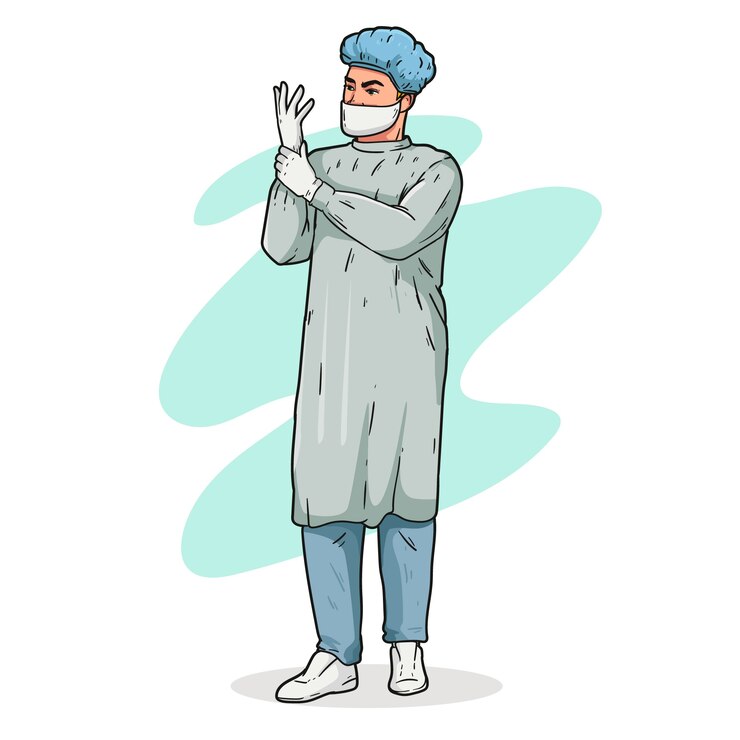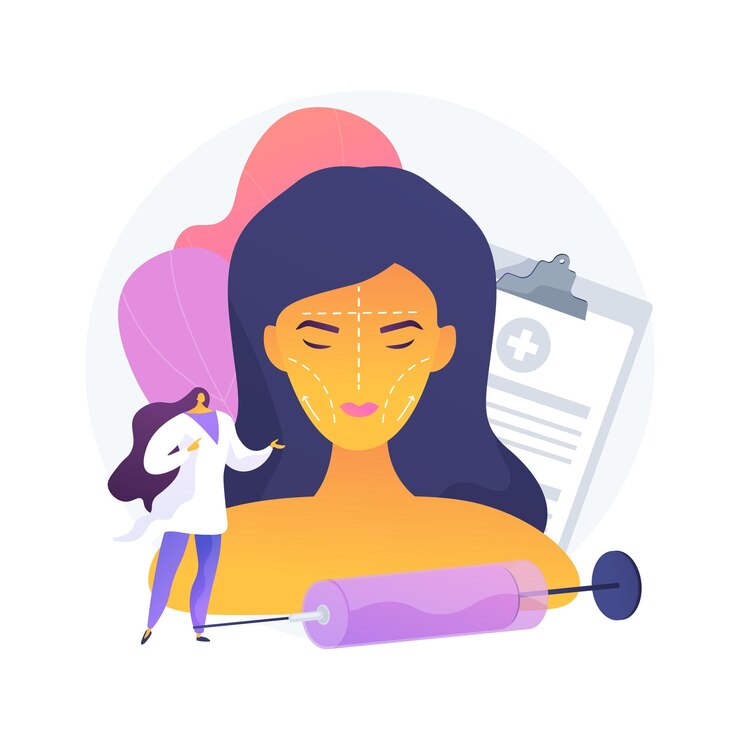
Hormonal Imbalances
Hormonal imbalances are one of the primary culprits behind gynecomastia. In males, testosterone and estrogen levels must remain in balance for healthy breast tissue development. Several factors can disrupt this balance:
- Puberty: Hormonal changes during adolescence can cause temporary gynecomastia. During this time, an increase in estrogen levels relative to testosterone may occur, often resolving as hormone levels stabilize with maturity.
- Aging: As men age, testosterone levels naturally decline. This decline can lead to a relative increase in estrogen levels, which may contribute to the development of gynecomastia in older adults.
- Medical Conditions: Certain medical conditions can also affect hormone levels, leading to gynecomastia. For example, conditions like hypogonadism result in low testosterone production, while hyperthyroidism can increase estrogen levels, causing breast tissue enlargement.
Medications
Medications are another significant factor contributing to gynecomastia. Various drugs can influence hormone levels and lead to breast tissue growth. Common categories of medications associated with gynecomastia include:
- Anti-androgens: Used to treat prostate cancer or other conditions, these medications can interfere with testosterone production.
- Anabolic Steroids: Often misused for muscle building, anabolic steroids can convert to estrogen in the body, resulting in breast tissue development.
- Heart Medications: Certain heart medications, like digoxin and some diuretics, have been linked to gynecomastia.
- Psychiatric Medications: Some antidepressants, particularly selective serotonin reuptake inhibitors (SSRIs), can also contribute to hormonal changes leading to gynecomastia.
Patients experiencing gynecomastia should consult with their healthcare providers if they suspect that their medications are a contributing factor.
Lifestyle Factors
Lifestyle choices can significantly impact the likelihood of developing gynecomastia. Key factors include:
- Obesity: Excess body fat can lead to increased estrogen production, as fat tissue converts testosterone into estrogen. This hormonal imbalance can contribute to breast tissue growth.
- Alcohol Consumption: Chronic alcohol use can impair liver function, affecting hormone metabolism and leading to gynecomastia. The liver plays a crucial role in breaking down estrogen; thus, its dysfunction can result in elevated estrogen levels.
- Drug Use: The use of recreational drugs, such as marijuana and heroin, can alter hormonal balance and increase the risk of gynecomastia.
By adopting a healthier lifestyle, individuals can potentially reduce their risk of developing gynecomastia.
Genetic Factors
Genetics can also play a role in the development of gynecomastia. Certain genetic conditions, such as Klinefelter syndrome, which involves an extra X chromosome, can lead to abnormal hormone levels and breast tissue growth. Family history may also indicate a predisposition to gynecomastia, making it essential for individuals with a family background of the condition to be vigilant about their hormonal health.
Psychological Impact
Gynecomastia is not just a physical issue; it can have significant psychological effects as well. Many individuals with gynecomastia experience:
- Low Self-Esteem: The presence of enlarged breast tissue can lead to feelings of embarrassment and self-consciousness, particularly in social settings.
- Social Anxiety: Fear of judgment or ridicule may cause individuals to avoid social activities, such as swimming or going to the gym, further exacerbating feelings of isolation.
Addressing both the physical and emotional aspects of gynecomastia is vital for effective treatment and recovery.
Treatment Options
The treatment for gynecomastia depends on its underlying cause and severity. Options include:
- Observation: In cases where gynecomastia is mild and not causing significant distress, doctors may recommend simply monitoring the condition, especially during puberty when it often resolves on its own.
- Medication Adjustment: If medications are identified as the cause, healthcare providers may suggest alternative treatments or dosages to alleviate the symptoms.
- Surgical Intervention: For more severe cases, surgical options such as liposuction or mastectomy may be considered. These procedures aim to remove excess breast tissue and restore a more masculine chest contour.
Conclusion
Understanding the main causes of gynecomastia ranging from hormonal imbalances and medical conditions to medications, lifestyle factors, and genetics can help those affected seek appropriate treatment. If you or someone you know is dealing with gynecomastia, professional guidance is essential. At Restore Clinic in Mumbai, Navi Mumbai, Dr. Ashish Sangavikar is dedicated to providing comprehensive care and support. Book now to take the first step toward overcoming gynecomastia and restoring your confidence.




